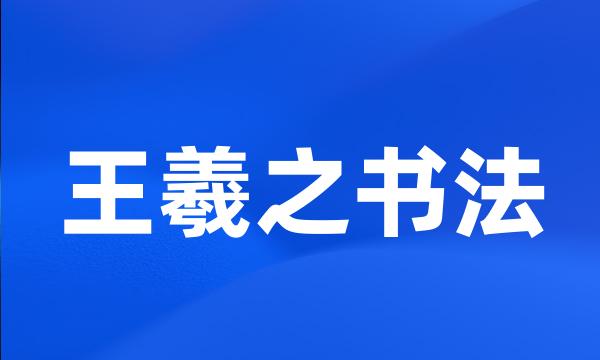王羲之书法
 王羲之书法
王羲之书法-
日本的K.王羲之书法与日本平假名的产生
Study results given by K. Wang Xi-zhi 's Handwriting and the Birth of Japanese Hiragana
-
李世民对王羲之书法认为已经达到了“尽善尽美”。
Li Shimin regarded Wang 's calligraphy work as perfect .
-
王羲之书法与汉字书写科学
Chinese Character Writing and Wang Xizhi ′ s Calligraphy
-
略论唐代书学理论关于王羲之书法地位的变迁
On the Change of Wang Xizhi 's Position in the Theory of Calligraphy in the Tang Dynasty
-
休闲思想促进王羲之在书法艺术领域的创新实践。
And the leisure thought promoted his innovation in calligraphy practice .
-
王羲之的书法理论与实践,使汉字通过毛笔书写走上了今体书写科学的巅峰。
The theory and practice of Wang Xizhi 's calligraphy leads Chinese Character Writing to the top of the modern script .
-
例如,人们可能会想到莱昂纳多•达芬奇画蛋,王羲之练习书法和托马斯•爱迪生发明电灯的故事。
One might recall Leonardo DaVinci 's drawing of an egg , Wang Xi Zhi practicing handwriting , or Thomas Edison inventing the light bulb , for example .
-
北京的一位雕刻家曾在直径仅为5毫米的象牙片上雕刻了著名书法家王羲之的书法。
An carver in Beijing once made an exact copy of piece of writing by the famous calligrapher Wang Xizhi ( 321-379 ) on a piece of ivory five millimetres in diameter .
-
王羲之高超的书法水平。
Wang Xizhi 's extraordinary calligraphy .
-
在童年时代,王羲之就对书法有浓厚的兴趣,他在练字的时候,往往废寝忘食。
Even as a child , Wang Xizhi was absorbed in practising his calligraphy that he would often forget to eat .
